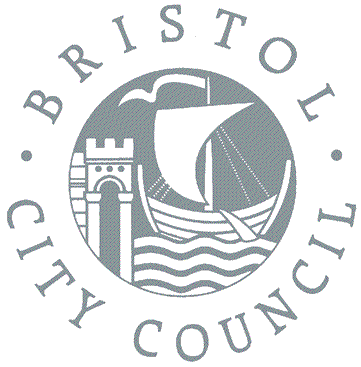Hope Chapel, Hotwells, Bristol
Between 2006 and 2012 BaRAS have been maintaining a watching brief during the conversion of a crypt at Hope Chapel in Hotwells, Bristol, during which 36 burials were uncovered, mostly dating from the period 1788 – 1837.
In 1698 the Society of Merchant Venturers built a pump room over a geothermal spring in the Avon Gorge and began developing the area as a spa resort, hence the name Hotwells. Although it was never as famous as Bath, Hotwells was a successful enterprise that attracted wealthy patrons “taking the waters” for its alleged medicinal properties. In 1784 two Scottish evangelical Calvinists named Lady Henrietta Hope (c 1750 – 1786) and Lady Willielma Glenorchy (1741 – 1786) visited the spa, but were disappointed to find that the only place of worship was half a mile up a steep hill, at the Anglican parish church in Clifton. This led to their decision to fund the building of a new chapel, more conveniently located near the spa. Unfortunately Lady Hope died before work on the new chapel had started, but she left her friend with £2,500 to ensure that it was built. Construction began in 1786, but Lady Glenorchy also died before it could be completed, leaving her executrix Lady Darcy Maxwell (1742 – 1810) to complete the work.
Hope Chapel opened in 1788 and the congregation grew as the surrounding area was developed into a fashionable residential suburb. The chapel was substantially re-built and enlarged in 1837 – 38; most of the present building, which is Grade II Listed, dates from this period. Hope Chapel’s congregation began to dwindle after a new chapel was built in Oakfield Road, Clifton, in 1866, and by the 1960s the building was in a very poor state of repair. Since then the chapel has been renovated and is now home to Hope Community Church.
Conversion of the crypt involved digging an access ramp through part of the surrounding burial ground and excavating the part which lay below the 1837 – 38 extension to the chapel. All of the burials that were uncovered during the construction work were carefully excavated by an archaeologist, then analysed by an osteologist. Analysis of the bones revealed what appears to have been a well-nourished population who weren’t suffering from any of the diseases associated with poor diet which are commonly found in 18th and 19th century populations. This is perhaps unsurprising given the site’s location in one of the wealthier areas of the city. After they were analysed, the remains were re-buried in a vault beneath the chapel.

Hope Chapel, looking north-east
Tags: bristol, chapel, post-medieval
- Categories
- Events
Excavations
Finds
Survey
BaRAS is registered as an organisation with the Chartered Institute for Archaeologists
All material © copyright BaRAS 2004 – 2016




